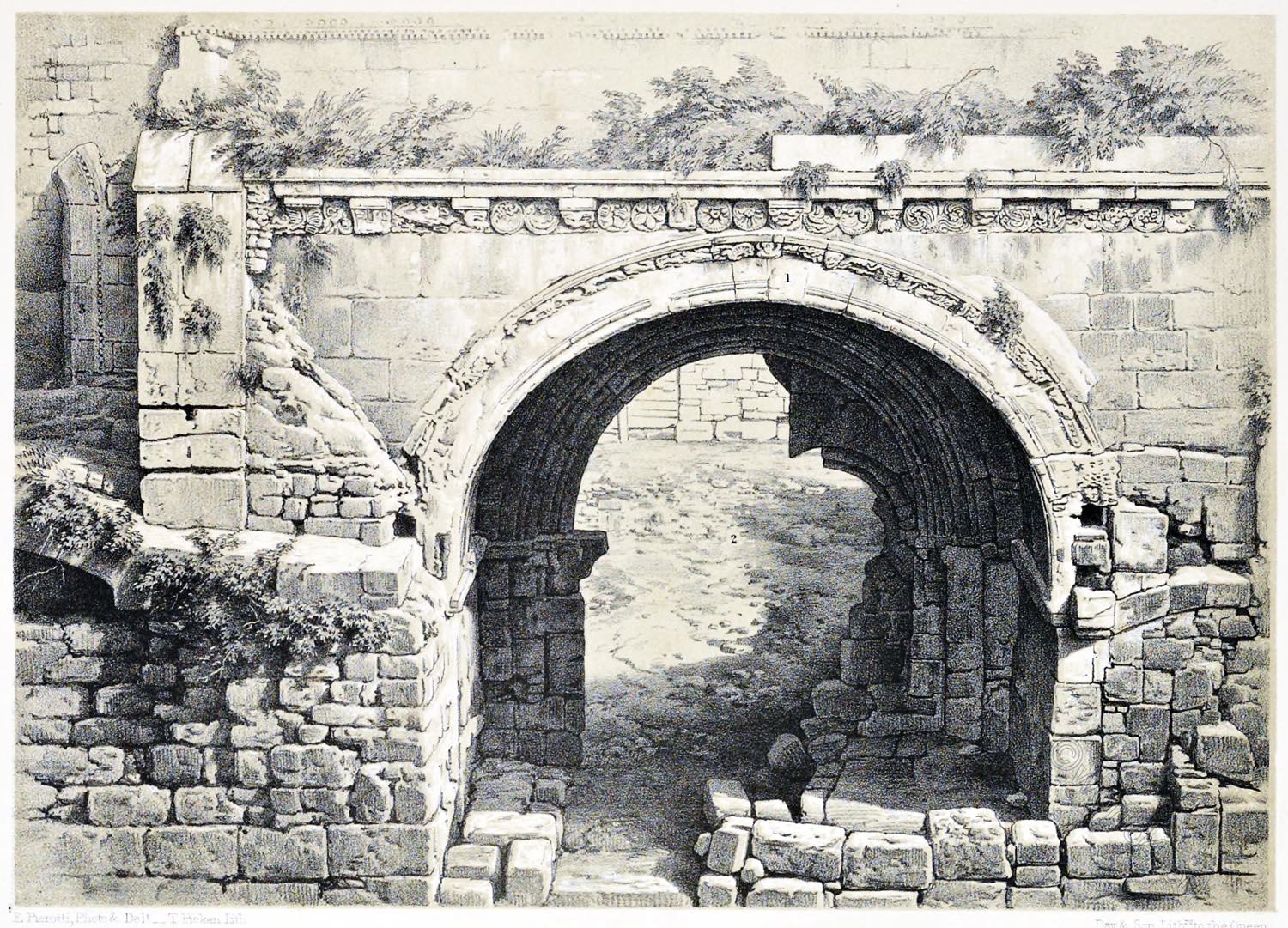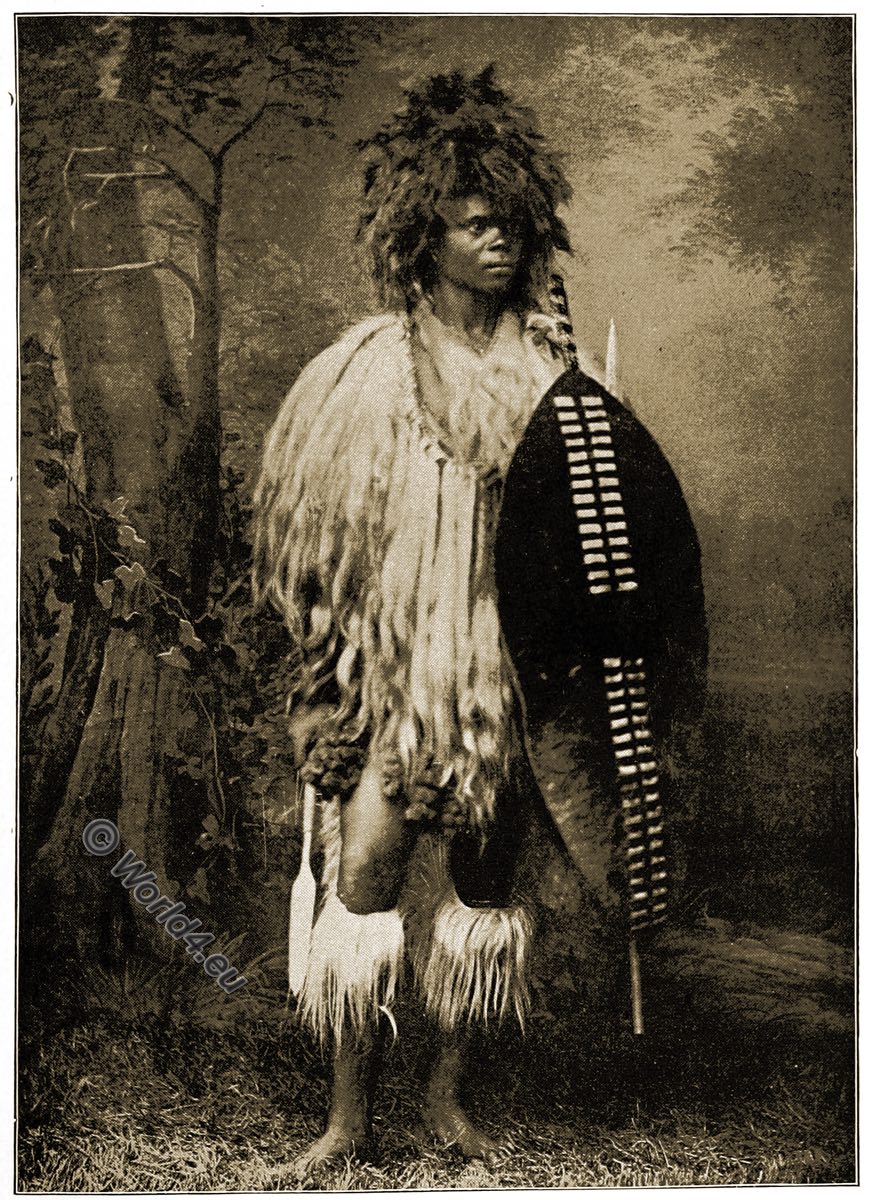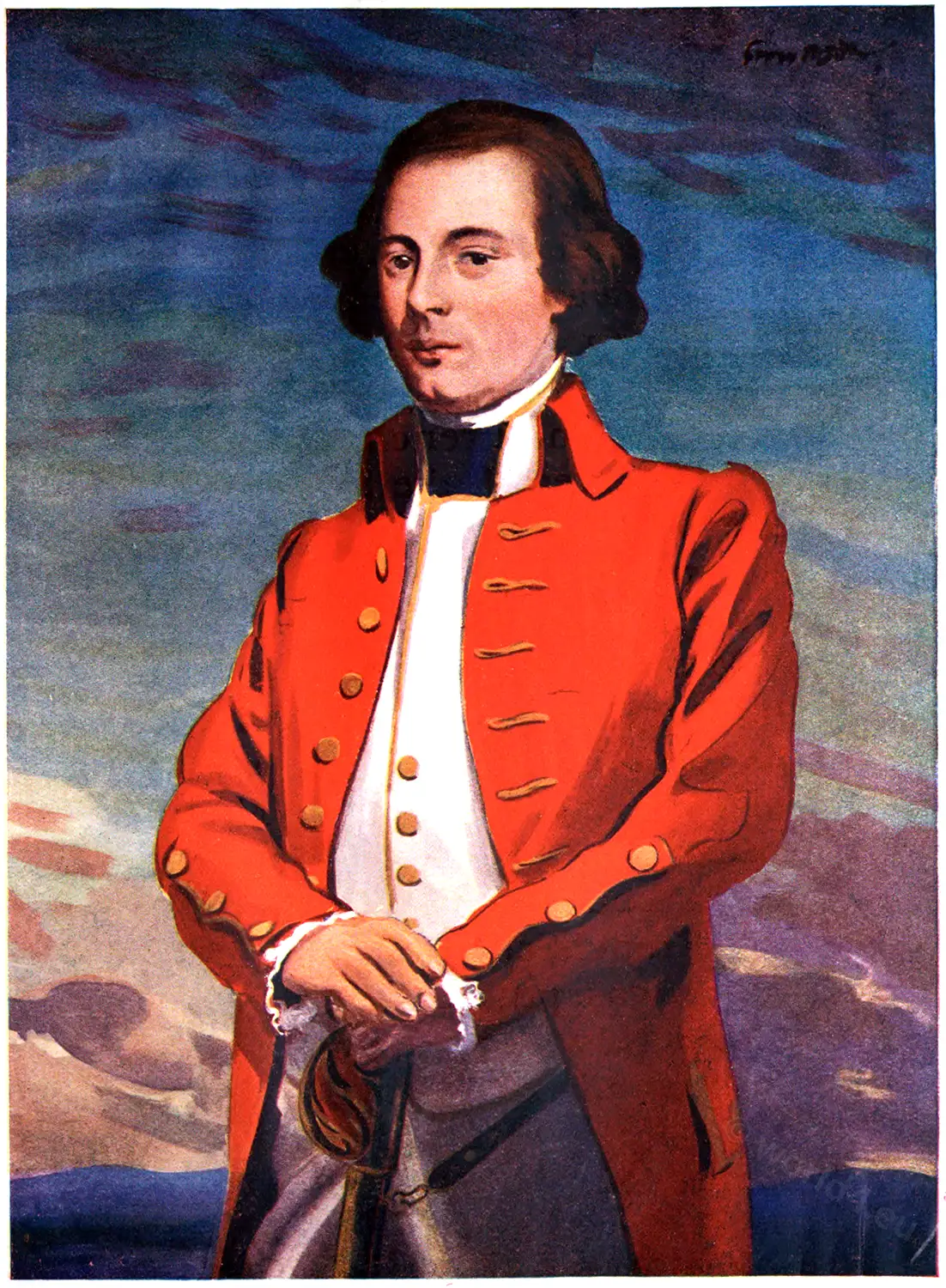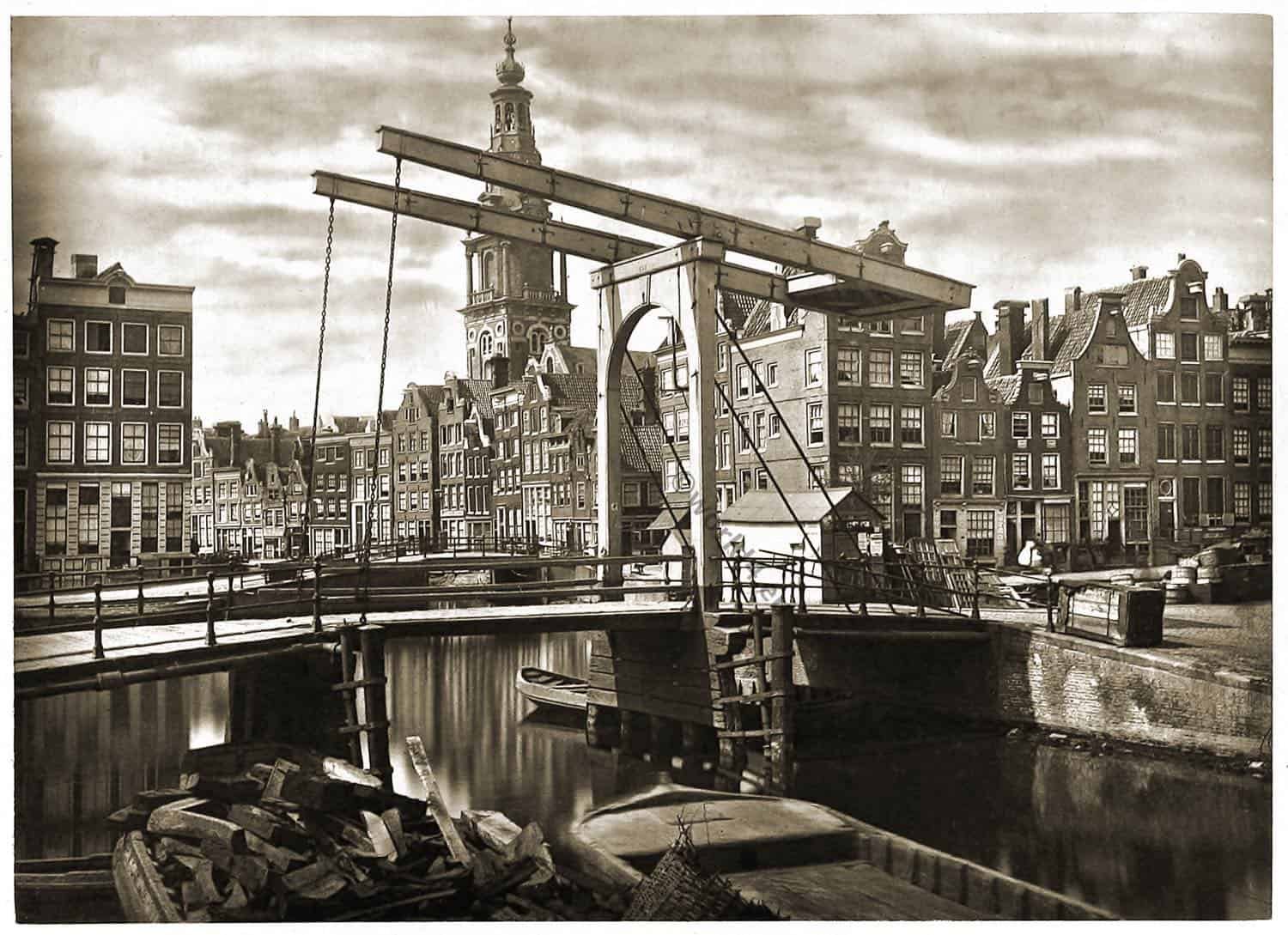
Jerusalem from the South, April 12th 1839, plate 10 from Volume I of The Holy Land, engraved by Louis Haghe 1806-85 pub. 1842
JERUSALEM FROM THE SOUTH.
by David Roberts
The city’s various conquests.
Jerusalem was founded by Melchizedec (Melchizedec literally means “King of Righteousness.”),1 in the forty-sixth year of Abraham,2107 years before the nativity of our Lord, and 2177 before its siege by Titus (70 CE). It was even then named Salem (peace), doubtless with prophetic reference to its future purposes, as the centre of pure religion in the world.
Yet, in an historical point of view, no name could seem more unsuited to its fortunes, for no other city of the earth has ever undergone so constant and so terrible a succession of sufferings.
After the general conquest of Canaan under Joshua, it fell into the hands of the Jebusites, by whom it was fortified, and from the strength of its position, it was probably impregnable to the rude science of those early times; but David 2) had the daring to attack, and the skill to master it, by entering through an aqueduct, from which he ascended into the city.
On its capture he made it the capital of the kingdom, and on the Hill of Zion erected a palace for himself with other buildings. Solomon next leveled the summit of Mount Moriah, and on it built the Temple.
Our space prohibits the detail of the calamities which so soon overshadowed its splendors. Josephus sums them up in one expressive record: “Jerusalem was taken six times, but desolated only twice. The several captures were by Sesac, the Babylonians, Antiochus, Pompey, Herod, and Titus its desolations were by the Babylonians and by the Romans under Titus.” 3)
The horrors of the Roman siege, as narrated by Josephus, proverbially form the most overwhelming collection of the images of suffering by famine, popular fury, and national despair, that were ever combined to make the fall of a people fearful to its own age and memorable to every age to come.
The siege, in all its parts, distinctly exhibits a supernatural influence, controlling human circumstances into the means of more consummate destruction. It was pressed at the Passover, the last period at which military prudence would have attempted the attack. But as almost the whole male population of middle age were assembled in the city, the havoc must have been thus only the more sweeping.
The singular tardiness, and even incertitude of design, exhibited by the Roman army in its first attempts, so inconsistent with the habitual daring and decision of the Roman system of war, unquestionably had the effect of deluding the city into a more continued resistance, and thus inflicting a more irrecoverable ruin.
The destruction of the Temple was wholly opposed to the policy of Rome, which prided itself on its indifference to the worship of its conquests ; and it was even directly opposed to the commands of Titus, who naturally wished to preserve its plunder for his triumph, and who must have looked on the Temple as the noblest trophy ever won by a conqueror. But a mightier power was there, and all perished.
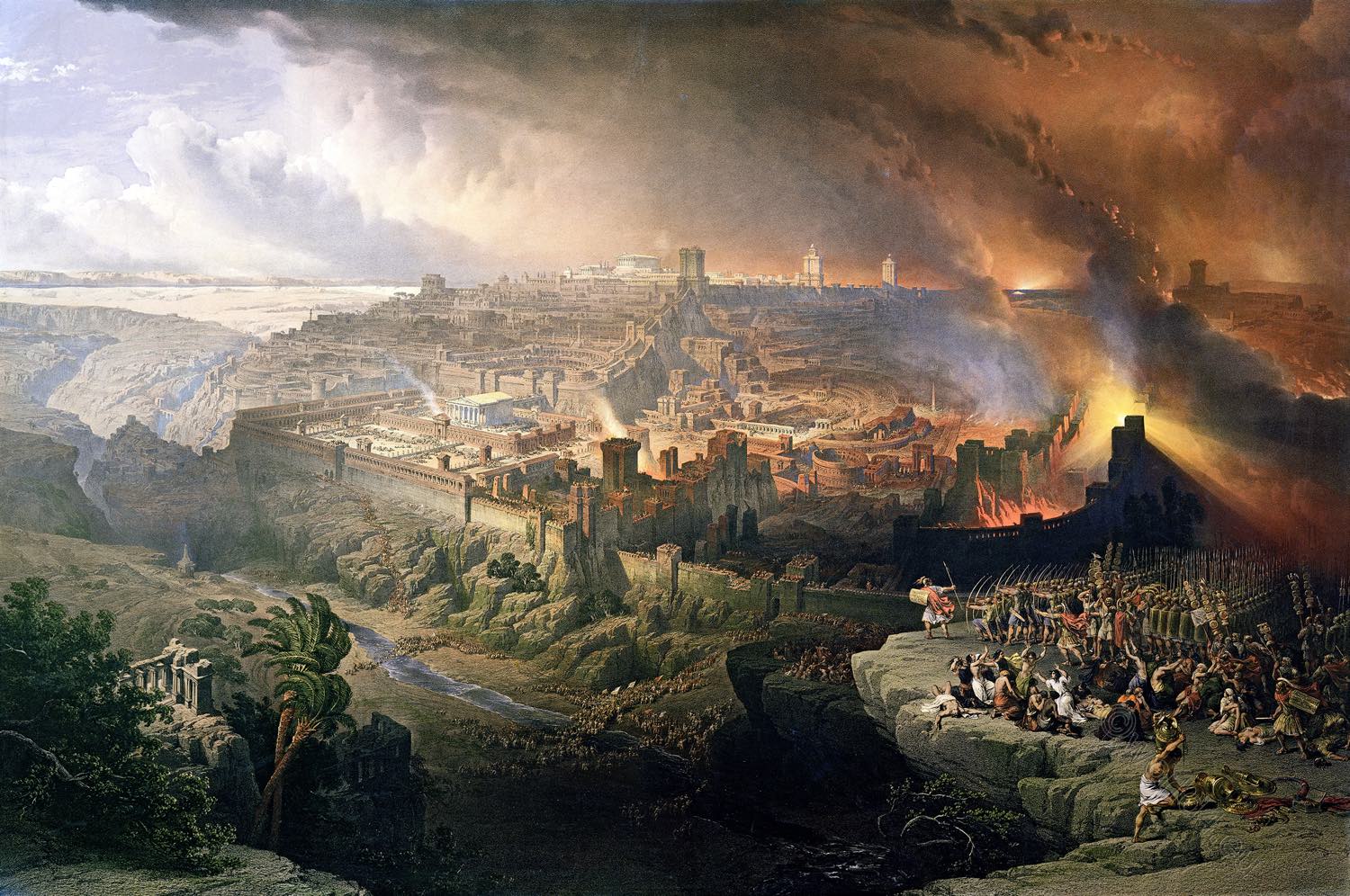
The prophecy of our Lord, “Verily, I say unto you, There shall not be left one stone upon another,” was literally fulfilled: the Temple was utterly ruined and has never been restored.
In the sixth century Justinian built a superb church to the Virgin Mary, which stood on the site of the present Mosque El-Aksa. A hundred years after, the Khalif Omar took Jerusalem (a.d. 636), and was the founder of the mosque standing on the site of the Temple, and which still bears his name.
In 1099, the Crusaders took the city by storm. The mosque was then consecrated as a Christian church; but on the capture of this most unfortunate city again by the Saracens (a.d. 1187), the crescent was restored. Jerusalem has since fallen successively into the hands of the Turks and the Egyptians, and is now a Turkish possession. But the eyes of Europe have been directed to it in our day, with an interest unfelt since the age of the Crusades, and founded on higher principles than those of worldly ambition. At this hour, the whole Christian world, by a new and nobler impulse, “prays for the peace of Jerusalem.”
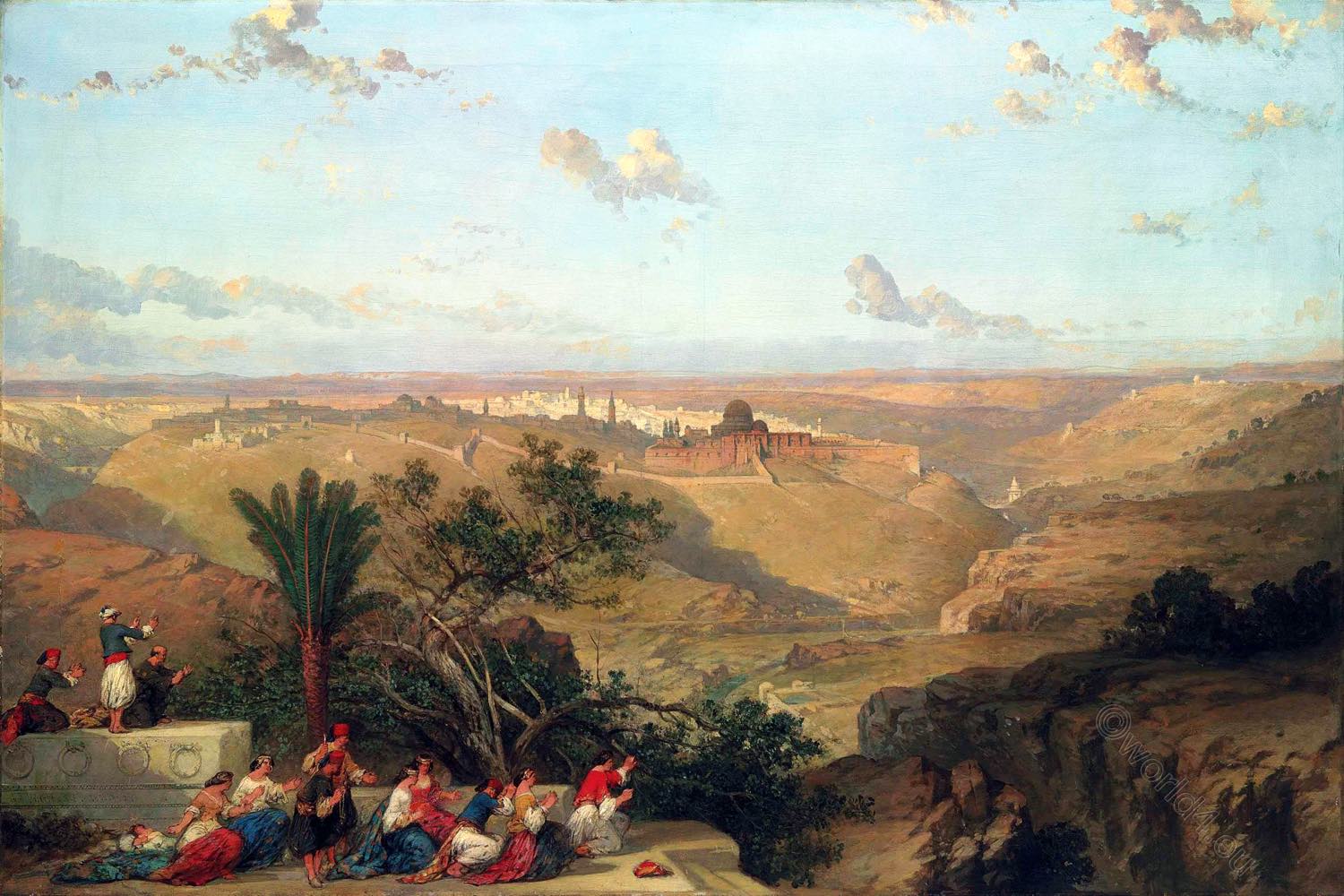
1) Joseph. B. Jud. vi. 10. 2) Sara. v. 6. 3) Bell. Jud. vi. 10.
Source: The Holy Land, Syria, Idumea, Arabia, Egypt, & Nubia, by David Roberts, George Croly, William Brockedon. London: Lithographed, printed and published by Day & Son, lithographers to the Queen. Cate Street, Lincoln’s Inn Fields, 1855.
Continuing

